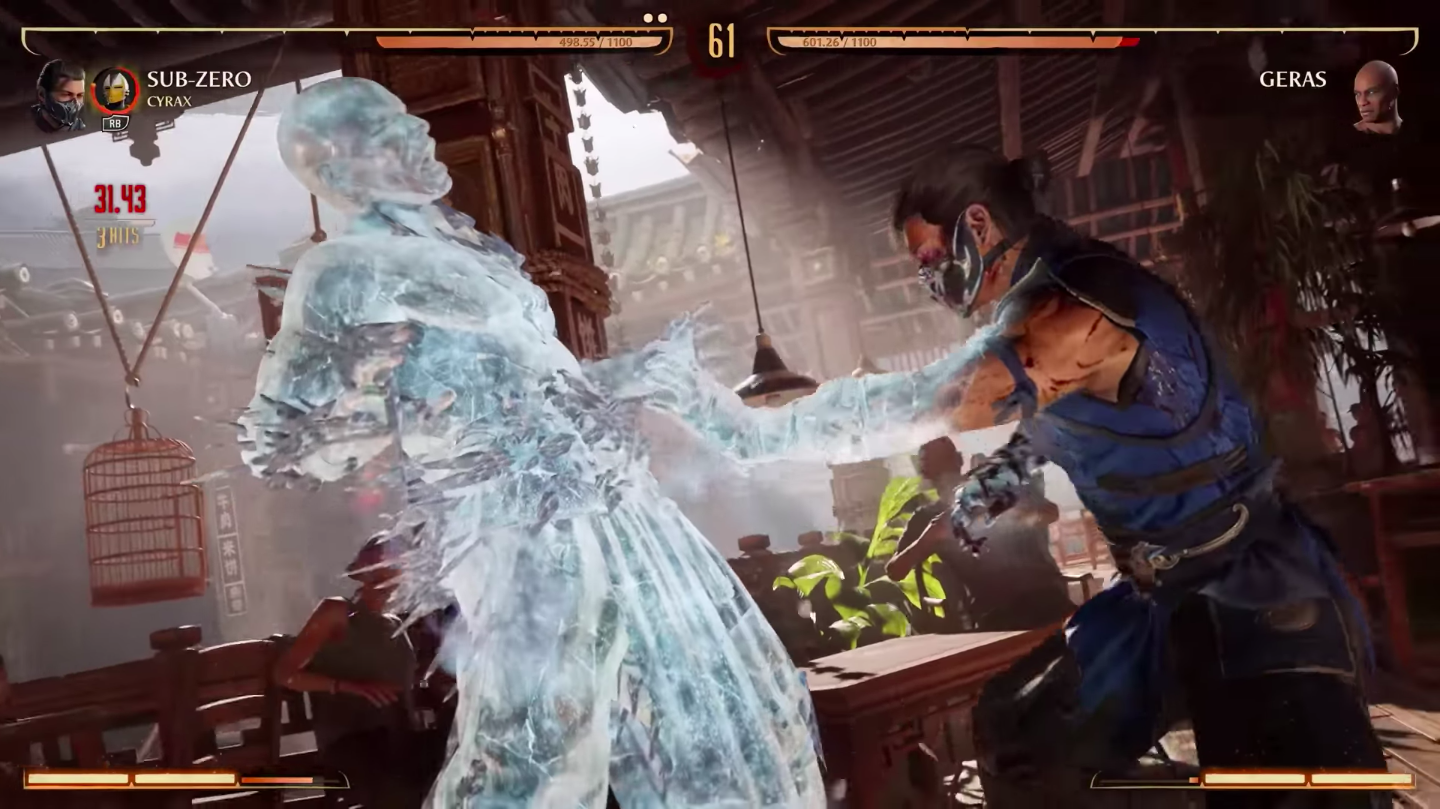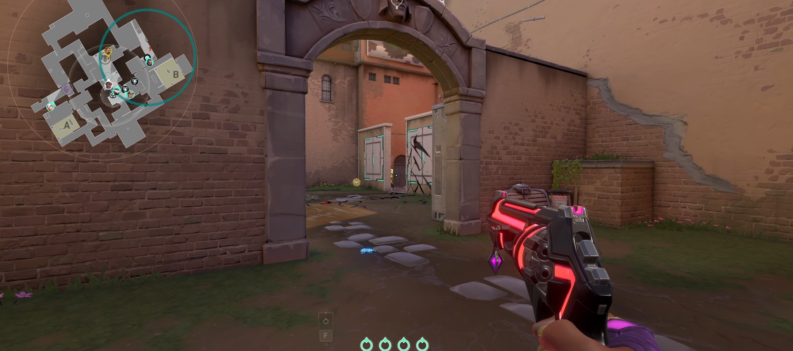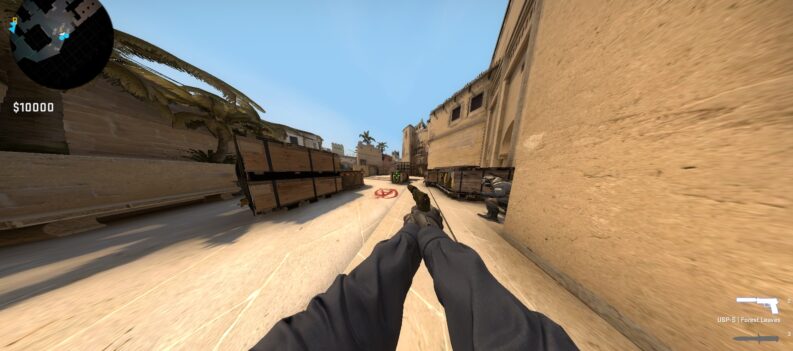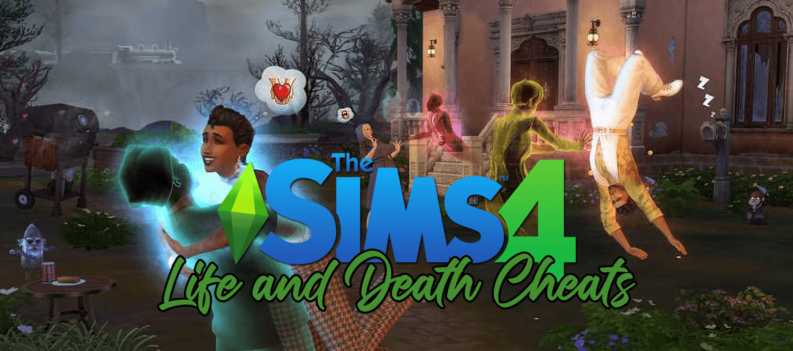Mortal Kombat, with its gruesome fatalities and intense battles, has been a staple of the gaming world since its inception. In this guide, we delve into the depths of the newest installment of this legendary franchise to answer a burning question: Are there stage fatalities in Mortal Kombat 1?

Whether you’re a nostalgic gamer looking to relive the classic fatalities or a newcomer to the Mortal Kombat universe, we have all the information you need to satisfy your curiosity about this timeless arcade fighter. So, get ready to unlock the secrets of this game’s stage fatalities as we embark on a journey through the world of spine-ripping, heart-exploding combat!
So, Are There Stage Fatalities in Mortal Kombat 1?
In the newest iteration of this iconic game, Mortal Kombat 1, unfortunately, fighters will not be able to perform Stage Fatalities. These are special finishing moves that were first used in the very first Mortal Kombat, which was launched in 1992. When a player uses a portion of the stage or area they are fighting on to carry out a fatality that is not a typical character fatality, this is known as a Stage Fatality.
Many players expected Mortal Kombat 1, the newest one, to retain its iconic features. Only a few mechanics are retained, like the famous Fatalities and Brutalities. There are two Fatalities for each character, one for each Kameo Fighter, and at least five Unlockable Brutalities for characters and two for Kameo Fighters.
Others, like Babalities, Friendships, Animalities, or even the matter at hand, Stage Fatalities, are nowhere to be seen. While the lack of these extra Fatalities isn’t a huge problem, fans of the series have grown used to seeing these features in each new installment.
Related: How to Perform a Brutality in Mortal Kombat 1
So, What Stage Fatalities Are There in Mortal Kombat 1?

Now, you might be wondering, if there are no Stage Fatalities in Mortal Kombat 1, then what is there to enjoy? Well, Mortal Kombat 1 offers a lot of new and returning features as well:
Kameos
In Mortal Kombat 1, the player will now enlist the help of Kameo Fighters. These characters, separate from the ones the player can mainly use, can help the player in matches by adding to Kombos and other ways to inflict damage.
As the player is still fighting or defending during a match, Kameo fighters may show up and execute a combo or a special attack on the opponent. They function similarly to assisted fighters in the Towers of Time in Mortal Kombat 11. Kameo Fighters are also capable of performing their own Fatalities and Brutalities.
The following are the Kameo Fighters that the player can use in Mortal Kombat 1:
- Kung Lao
- Sub-Zero
- Cyrax
- Darrius
- Sonya Blade
- Shujinko
- Frost
- Goro
- Sektor
- Scorpion
- Jax Briggs
- Kano
- Sareena
- Motaro
- Kano
- Kurtis Stryker
Fatal Blows
Fatal Blows are back in Mortal Kombat 1 but with enhanced functionality. At 30% or less health, the players can still trigger Fatal Blows. However, instead of the chosen character executing the move independently, the chosen Kameo Fighter will also execute the Fatal Blow with the chosen character.
Also, X-Ray effects are back when the most violent part of the move happens during Fatal Blow. This is instead of the blood spatter effects. Even with the X-ray effects, these are still not classified as X-ray attacks, as in previous series iterations.
Invasion Mode
Invasion mode, a board game-style RPG featuring collectible loot and minigames, is also new in Mortal Kombat 1. This mode takes the place of “The Krypt” in previous games. The player can take on Invasion Mode to earn the currency in the game, skins, concept art, and more.
In this mode, the player can select a character and a Kameo Fighter and complete battles and particular tasks across different maps. The main concept behind Invasion Mode is that enemy groups start attacks upon multiple worlds in Mortal Kombat 1. The player must level up and progress through progressively difficult trials to repel such invasions.
Aerial Combos
Mortal Kombat 1 brings back Aerial Combos to the game. This allows the player to execute not just combos on the ground and combos on juggled opponents but also aerial special attacks. Also, this includes aerial combos rather than just basic strikes when jumping.
Because of these Aerial Combos, the player can now also perform Up Blocks. With this feature, the player can perform a block against attacks from overhead and Aerial Combos. To do this, the player must block in a diagonal position.
Flawless Block
Flawless Blocks is a feature originally appearing in Mortal Kombat 11. This unique locking system provides additional effects for attacks, combos, and other abilities when the player blocks an attack at the perfect and exact moment. In Mortal Kombat 1, Flawless Blocking is back with new mechanics. It still works like its original version and can provide similar effects using frame data, but several differences exist.
Because Wakeup Attacks have returned, Flawless Block Attacks have been eliminated. Because of this, the meter used has been put on regular Special Attacks for retribution. Moreover, Flawless Blocking eliminates the damage rather than taking part in the Chip Damage until the move, combo, or Special Attack is finished while blocking.
As a result, if a player is continuously spamming attacks, such as projectiles, the other player can perform Flawless Blocks. With this, the spamming player will achieve nothing. The Flawless Block isn’t as harsh as it was in the previous Mortal Kombat game. However, it is still an excellent tool to combat spamming.
And More!
There are a whole lot more mechanics featured in Mortal Kombat 1. Compared to the abovementioned features, a smaller example is that Quitalities are back. Quitalities, initially appearing in Mortal Kombat X, have become an iconic approach to dealing with rage quitters.
A Quitality happens similar to a Fatality or Brutality when a player quits in the middle of a match. This became a funny element available to all characters in Mortal Kombat 1. When it was first introduced, Quitalities would force the character of the quitter’s head to burst. In Mortal Kombat 1, however, the quitter’s character will either be stabbed on a massive rock or their whole body will burst into gory mush.
Another example is that characters in Mortal Kombat 1 will be capable of dashing very swiftly. With an attack input, the player can cancel the dash motion at any point. This makes the game significantly more exciting than Mortal Kombat 11’s slower, more methodical gameplay. It will additionally make the matches in the game significantly more entertaining.
One last example is taunting. The player can now taunt other players in Mortal Kombat 1. Crouching four times repeatedly causes the character to execute their taunt. This puts the taunting player in a position of vulnerability for several seconds. Taunting allows players to further humiliate their opponents before defeating them.
Conclusion
While Mortal Kombat 1 is one of the newest in the fighting game genre, it is important to acknowledge that the absence of Stage Fatalities in this installment is a noteworthy aspect of its gameplay. The game’s developers seem to have opted for a more straightforward approach to finishing moves.
While subsequent iterations of the franchise would introduce the spectacular and gruesome Stage Fatalities that fans have come to love, Mortal Kombat 1’s simplicity can be the foundation for adding future features.
Though Stage Fatalities were absent in this chapter, the game’s iconic Fatalities, Brutalities, and unique characters continue to captivate players. So, whether you’re a longtime fan or a newcomer to the world of Mortal Kombat, remember that every entry in the series has contributed to the franchise’s enduring legacy.















